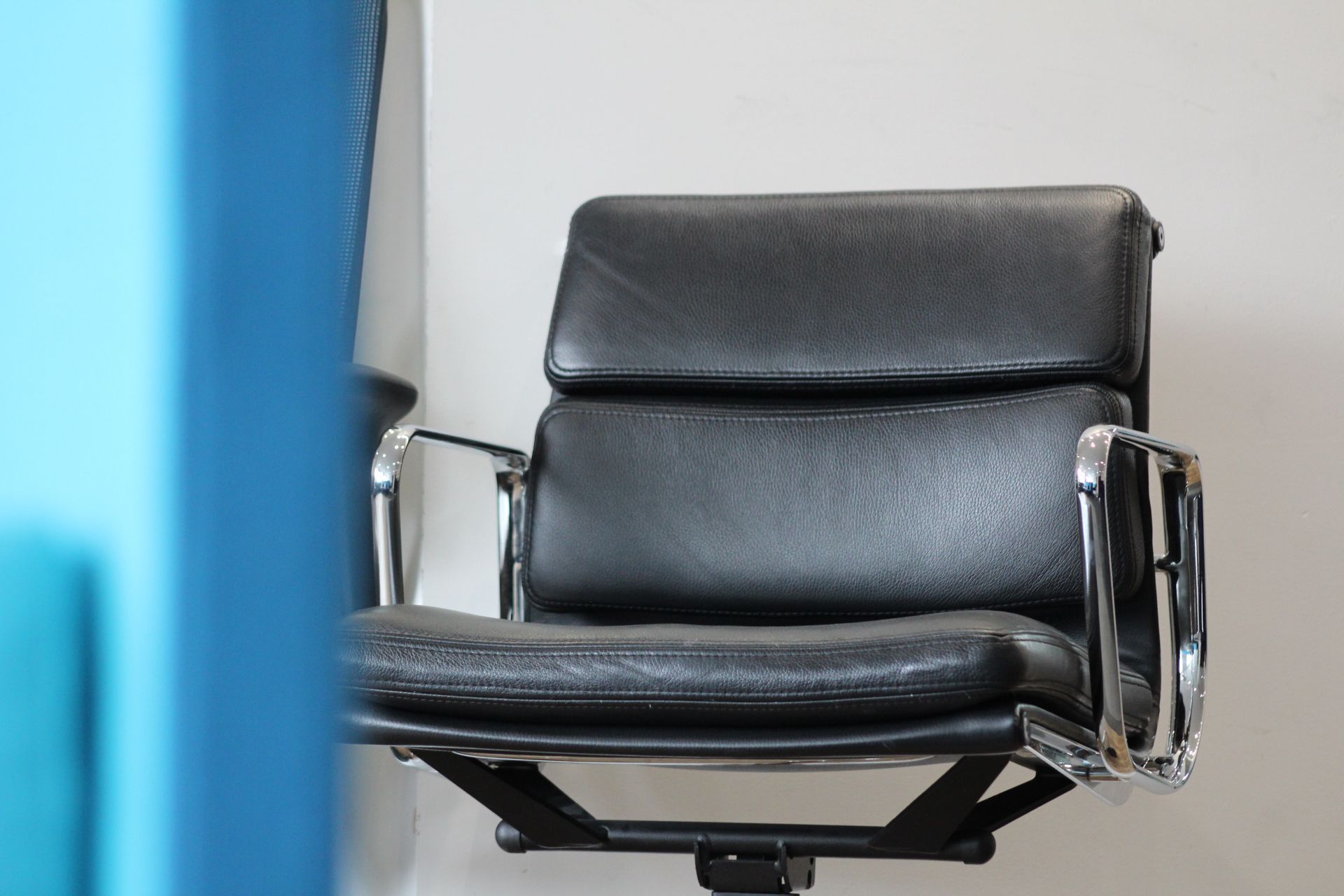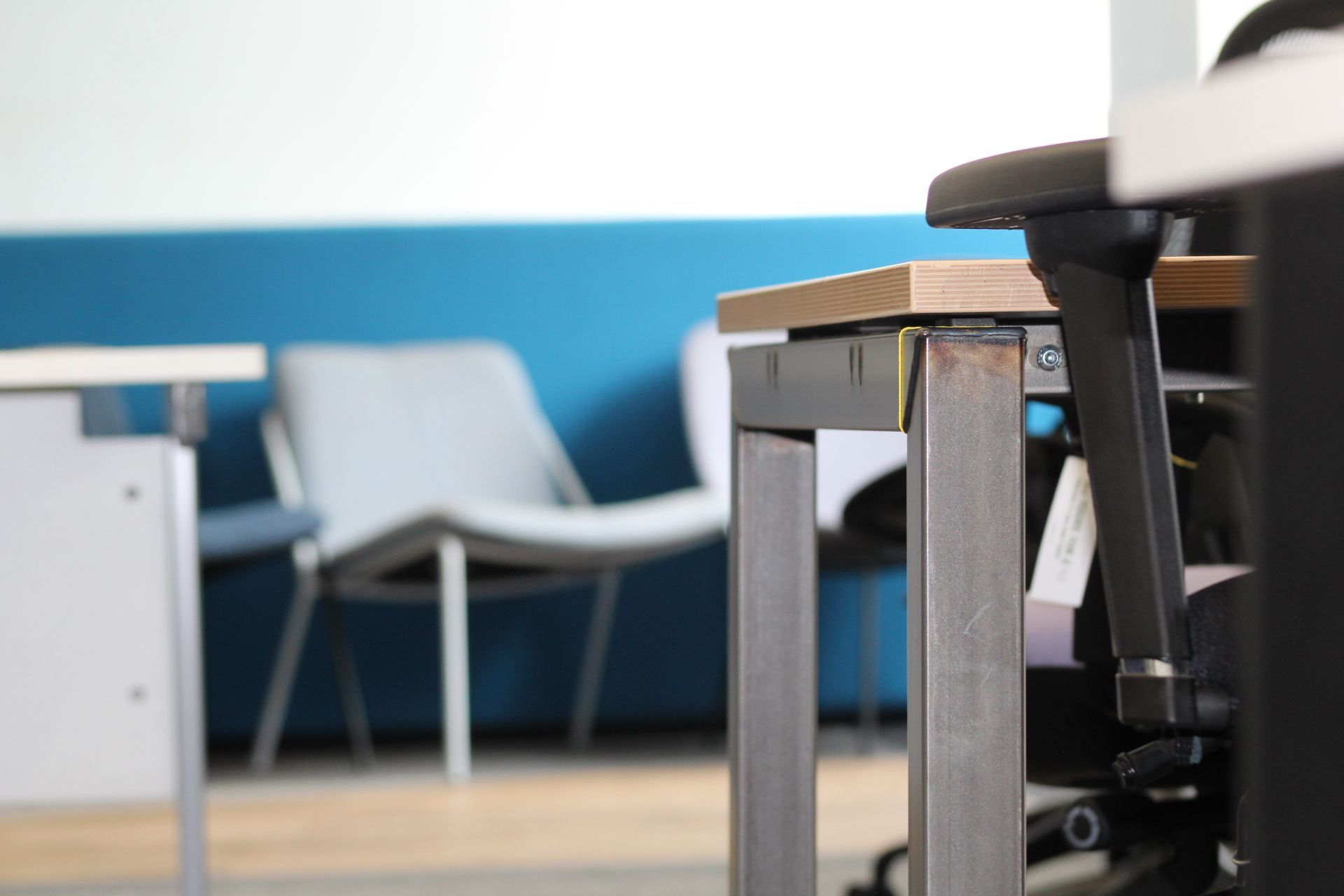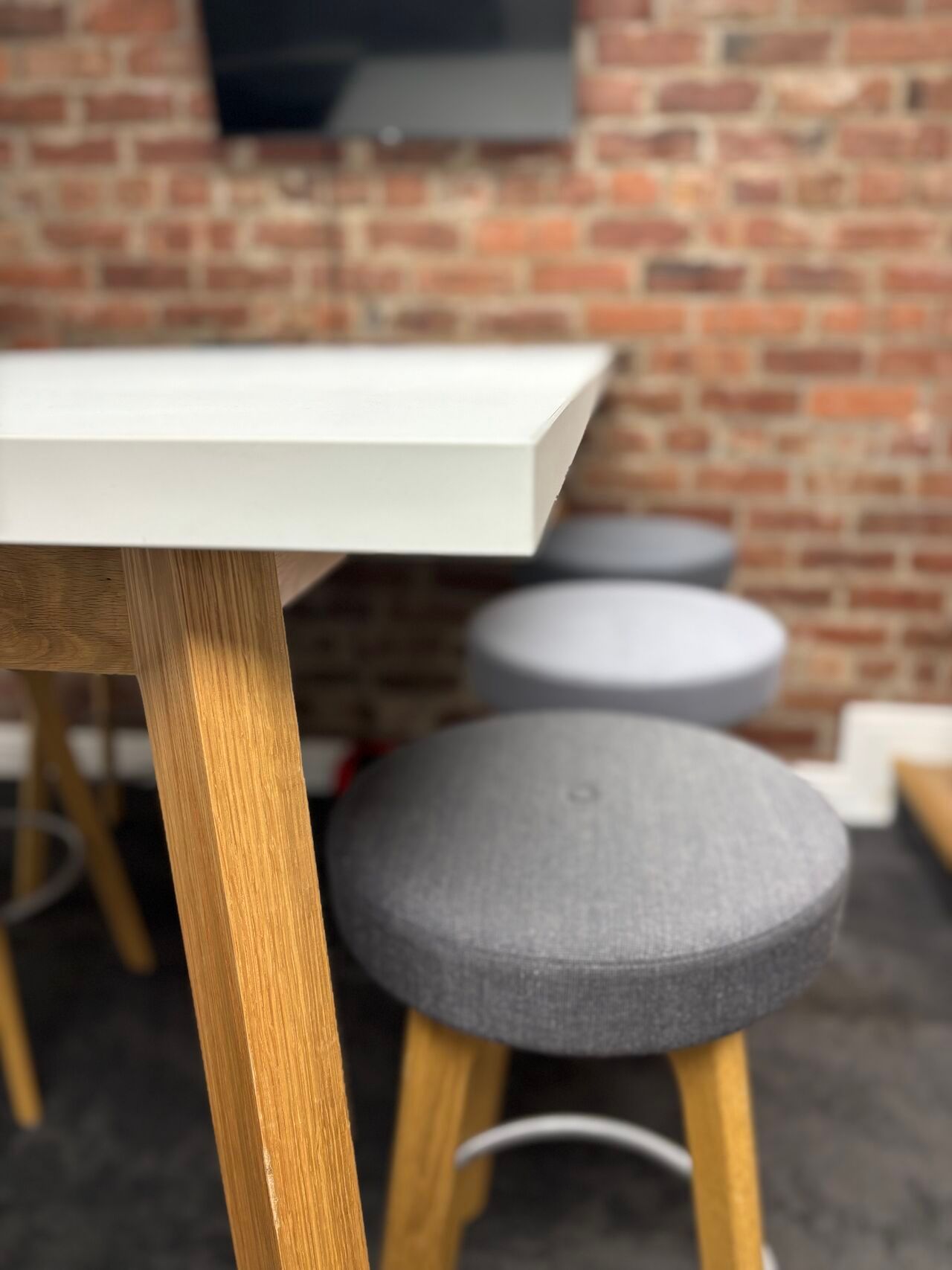Where Does Used Office Furniture Go? Understanding Disposal, Reuse & Recycling
A Comprehensive Guide to the Responsible Disposal of Used Office Furniture
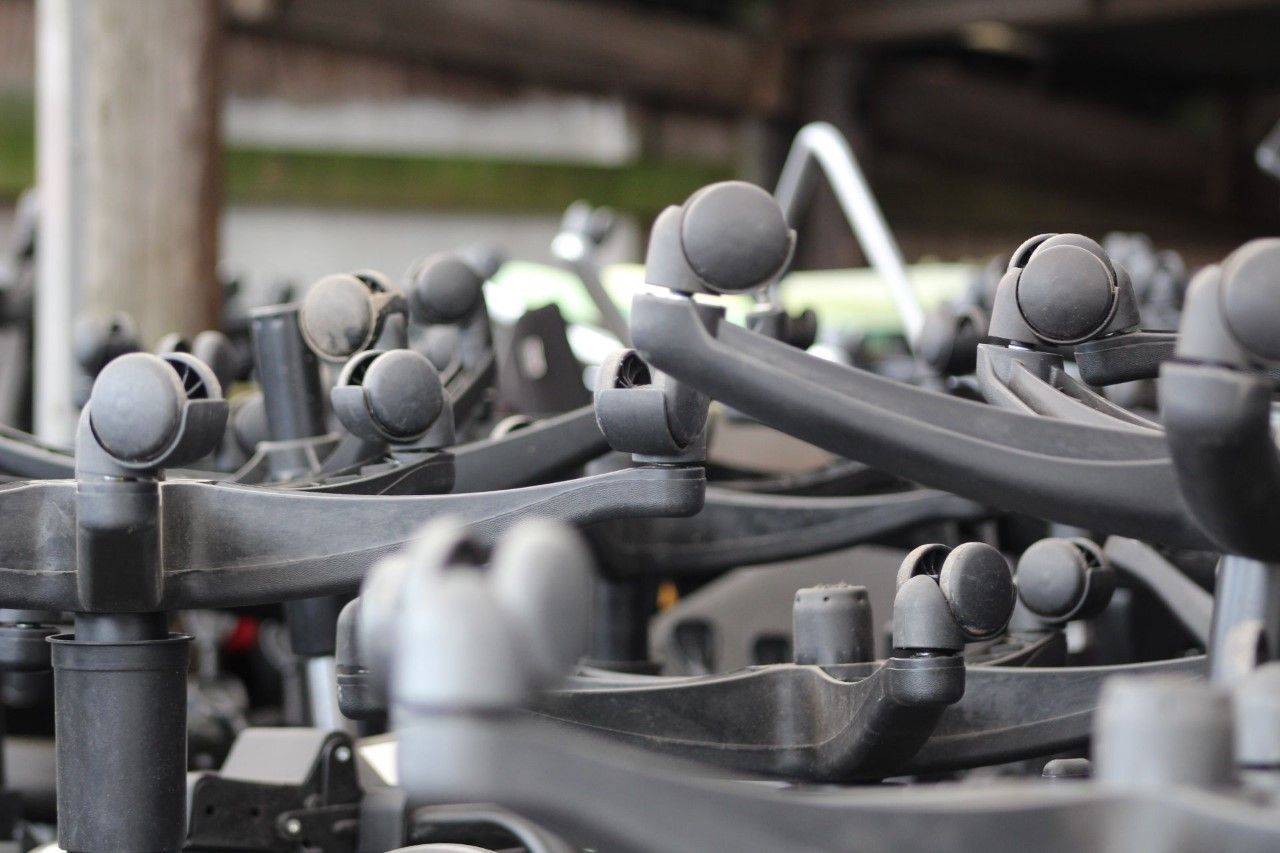
The UK-based organisation WRAP (Waste & Resources Action Programme) conducted a comprehensive case study in 2011, focusing on the potential benefits of furniture reuse. This study aimed to promote sustainable practices in the business world, helping to divert valuable resources away from landfill and towards more productive uses.
One of the key benefits highlighted in the WRAP case study was the potential for significant financial savings. By reusing office furniture, businesses can significantly reduce the cost associated with buying new furniture. Plus, there's the potential for income generation through the sale of redundant furniture, thereby creating a new revenue stream for businesses.
Aside from the financial aspect, the WRAP case study also highlighted the environmental benefits of office furniture reuse. By reusing and recycling, businesses can help reduce waste that ends up in landfills, thereby minimising their carbon footprint. This goes a long way towards promoting corporate social responsibility and enhancing your company's green credentials.
In the pursuit of reducing greenhouse gas emissions, many strategies have come to light. However, according to a 2009 publication by WRAP, "Meeting the UK Climate Challenge: The Contribution of Resource Efficiency," the reuse of products stands out as one of the most effective strategies. This blog post delves into the potential benefits of office furniture recycling and reuse, using specific data from WRAP's 2011 Reuse Case Study.
Methodology for Assessing Reuse Benefits
WRAP has formulated a unique methodology to quantify the benefits of reusing products, applicable to a wide range of products. This methodology, outlined within this report, helps calculate environmental indicators - greenhouse gas emissions, energy demand, and resource depletion - as well as economic indicators such as the number of jobs and financial impacts across the supply chain.
This methodology was put to the test with specific clothing, furniture, and electrical products. The focus here, however, is on the results for office furniture - specifically office desks and chairs.
Reuse in Action: The Case of Office Desks
In the UK, around 200,000 office desks (approximately 5000 tonnes) are reused each year. This figure is roughly 14% of desks reaching their end-of-life annually, with the rest going to landfill, energy recovery, and recycling.
The benefits of this reuse activity are significant:
- Current reuse of desks prevents 3,600 tonnes of CO2 emissions annually.
- One tonne of desks for direct reuse can result in net greenhouse gas (GHG) savings of 0.4 tonnes CO2 equivalent when compared to landfill.
- Providing one tonne of desks to a preparation-for-reuse network can result in a net GHG saving of 0.2 tonnes CO2 equivalent compared to landfill.
- Each desk reused can generate over £80 net revenue to reuse organisations or the government.
- Businesses currently spend an estimated £9 million per annum disposing of desks to landfill.
Office Chairs: Another Opportunity for Reuse
About 295,000 office chairs (3,500 tonnes) are reused in some form in the UK every year, representing 14% of all office chairs reaching the end of their life each year.
The key benefits of this reuse activity include:
- Current levels of reuse of office chairs avoid 12,000 tonnes CO2 equivalent per year.
- One tonne of office chairs for direct reuse can result in a net GHG saving of 3 tonnes CO2 equivalent.
- One tonne of office chairs provided to a preparation for reuse network can result in a net GHG saving of 2.6 tonnes CO2 equivalent.
The environmental impact of reuse is also influenced by the material composition of the reused item and the item it displaces. For instance, office chairs typically comprise several materials, including those with high carbon intensities.
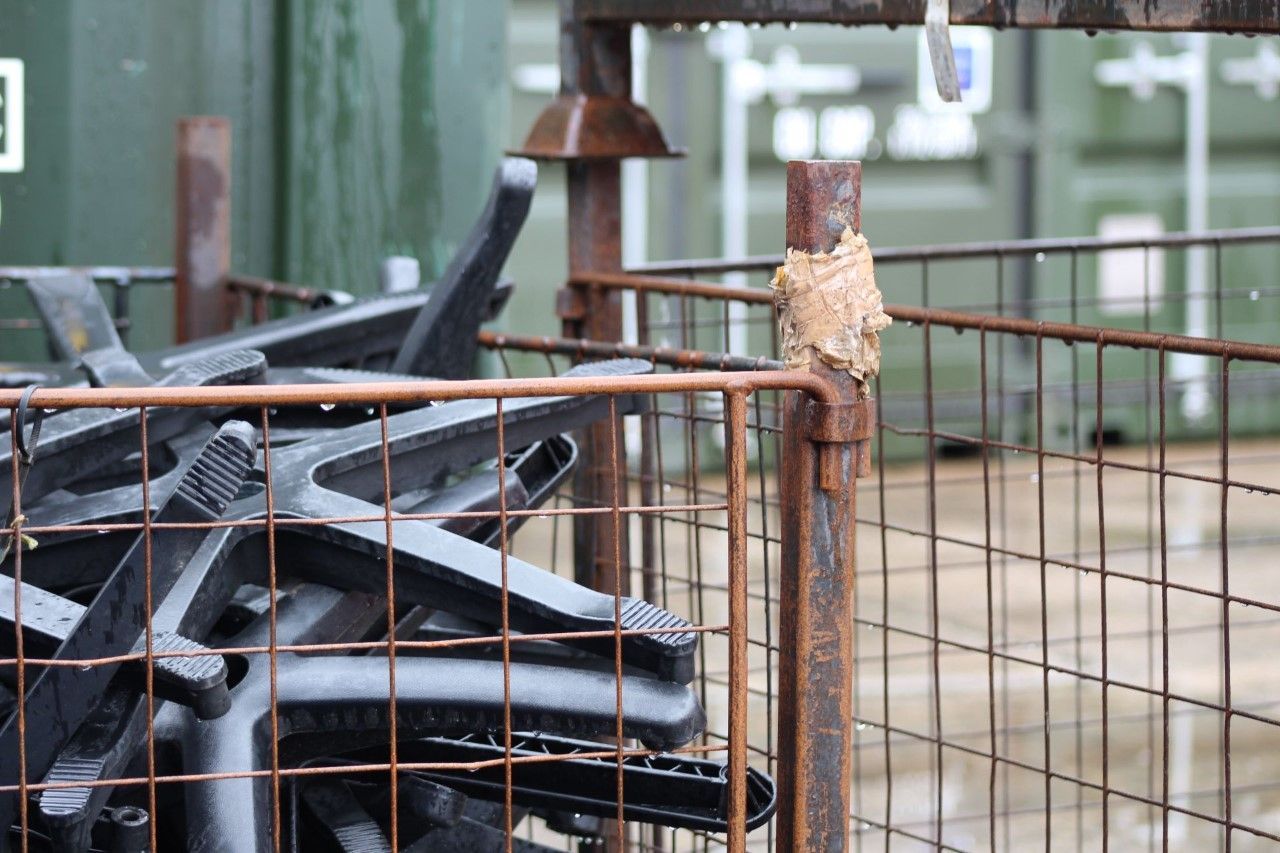
What Happens To Used Office Furniture?
Properly disposing of used office furniture is crucial, considering its impact on budgets, timescales, and the environment. It's important to understand what happens to these items, how to dispose of them responsibly, and who can assist in their removal. This condensed article provides essential information to guide you through the process.
Used office furniture can find its way to various destinations. It may be broken down and thrown into a skip or taken to a landfill, donated to charity, or recycled. These options offer cost-effective and environmentally conscious ways to get rid of unwanted furniture.
How Much Used Office Furniture Goes To Landfill?
Unfortunately, according to the Waste & Resources Action Programme (WRAP), a staggering number of office desks and chairs—1.2 million and 1.8 million respectively—are sent to landfills annually. While more sustainable disposal methods are gaining traction, landfilling remains the most common fate for used office furniture.
On a positive note, some companies and charities specialise in helping businesses find new homes for their old furniture. Donating furniture not only promotes sustainability but also provides financial assistance to organisations in need.
Recycling used office furniture is another responsible option, especially if donation is not feasible due to damage. Although not as prevalent as landfilling or donations, recycling offers an eco-friendly alternative. While the process of breaking down furniture into its constituent materials can be time-consuming, recycling and repurposing wood, glass, metal, and plastic is both environmentally friendly and rewarding.
When it comes to disposing of used office furniture, prioritising selling, donating, or recycling is paramount for businesses. These methods are not only more environmentally friendly than landfilling, but they can also generate income and contribute to sustainability targets.
If selling or donating is not an option, especially for damaged items, businesses may need to seek professional help to ensure safe and responsible disposal or recycling. This could involve hiring a licensed 'man with a van' service or working with a professional office furniture removal company for larger jobs.
When it comes to finding someone to pick up used office furniture, you have several options. You can sell it to smaller businesses, donate it to charity, or hire professionals for removal and recycling services. Consider your preferences and circumstances to determine the most suitable choice.
Understanding the fate of used office furniture and taking responsible disposal measures can greatly benefit both businesses and the environment. By adopting sustainable practices, we can reduce waste, conserve resources, and contribute to a greener future.
Our Sustainable Office Solutions
As providers of quality used office furniture, we champion sustainable reuse office solutions. Our offerings include office furniture refurbishment and zero-landfill office clearance services. By reusing and refurbishing office furniture, we extend the life of these products and reduce the demand for new items.
Our zero-landfill office clearance service ensures that no office furniture ends up in the landfill. We either find a new home for the furniture or recycle its components, significantly reducing environmental impacts.
These services not only contribute to sustainable practices but also offer businesses cost-effective solutions. Businesses can save money by purchasing quality used and refurbished furniture, and they can avoid the costs associated with disposal in landfills. Our services also create employment opportunities within the reuse and refurbishment sector.
This project to understand the benefits of reuse has clearly indicated the need to improve the quality of the primary data used in the tool and make the conclusions more robust. WRAP would like to work with stakeholders to improve the quality of this data on office furniture contained in the tool. In particular, we encourage research for or sourcing of better quality data on:
- the quantity of reused items displacing new items;
- the manufacturing burdens associated with new desks and office chairs;
- the propensity of reused items to displace imported or domestically produced items;
- the employment needs and costs for checking and preparing reused items.
Next Steps
While the benefits of office furniture reuse are clear, WRAP identifies the need for improving the quality of primary data used in its tool to make the conclusions more robust. It calls for further research to obtain better quality data on the quantity of reused items displacing new ones, the manufacturing burdens associated with new desks and office chairs, and the employment needs and costs for checking and preparing reused items.
In conclusion, the reuse of office furniture presents a significant opportunity for businesses to contribute to environmental sustainability while also realising economic benefits. The onus is on all stakeholders to utilise this opportunity and work towards a more sustainable future.

